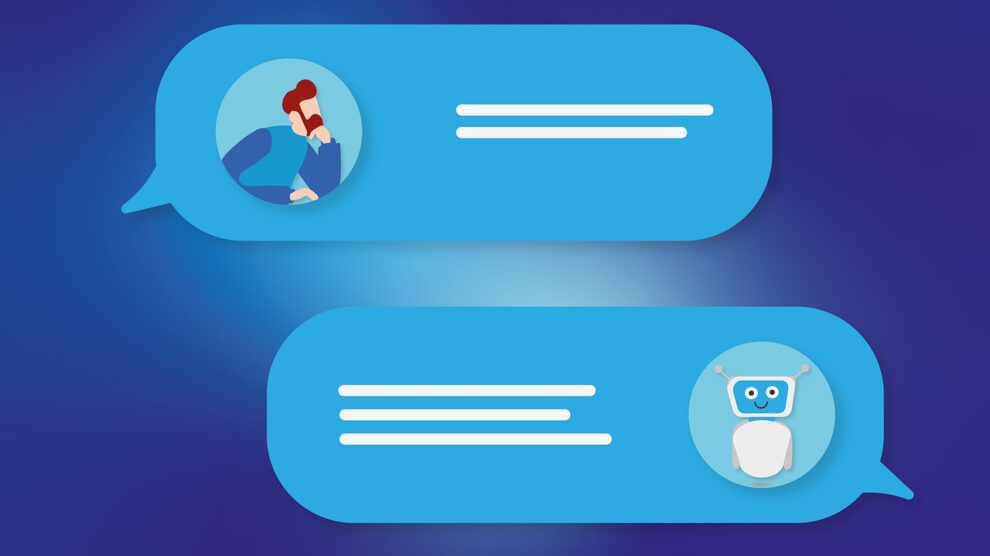ChatGPT, powered by OpenAI’s GPT-3.5 architecture , has revolutionized the world of conversational AI, enabling developers to build sophisticated chatbot systems. However, like any software integration, there are risks involved that developers need to consider . In this article, we will explore four critical risk factors that developers should keep in mind when integrating ChatGPT into their applications. Developers may guarantee the flawless and secure operation of their chatbot systems by being aware of these hazards and adopting preventative actions.
1. Data Privacy and Security
One of the primary concerns when integrating ChatGPT is the handling of sensitive user data. Developers must ensure that the privacy and security of user information are adequately protected . This entails using strong encryption methods, using secure communication protocols and following the standards set by the industry for the transmission and storage of data.
For example, when a user interacts with a chatbot to provide personal information such as their name, address, or payment details, it is crucial to handle this data securely. In compliance with data privacy regulations, such as the General Data Protection Regulation (GDPR), developers should encrypt the data and only store it for as long as necessary.
By partnering with a reputable DevOps consulting firm, like the best devops consulting in Toronto, developers can receive expert guidance on implementing secure practices and ensuring data privacy, thereby mitigating the associated risks.
2. Ethical Use of ChatGPT
As AI systems become more powerful, it is crucial to consider the ethical implications of their use. The potential hazards associated with biased or damaging outcomes should be considered by developers integrating ChatGPT. ChatGPT’s responses are generated based on the data it has been trained on which can inadvertently contain biases or produce inappropriate content.
To mitigate these risks, developers should carefully curate and review the training data, ensuring it is diverse, inclusive, and representative. Ongoing monitoring of the system’s responses is also essential to identify and address any ethical concerns promptly.
For instance, if a chatbot integrated with ChatGPT provides medical advice, it must be programmed to recognize potentially dangerous or incorrect recommendations. Regular audits and testing can help detect and rectify any biases or ethical issues that arise during the system’s operation.
3. User Experience and Expectations
Integrating ChatGPT requires developers to strike a balance between AI capabilities and user expectations. While ChatGPT is impressive in its language generation abilities, it still has limitations. It may not always provide accurate or relevant responses, and users can easily become frustrated if their queries are misunderstood or misinterpreted.
To manage user expectations effectively, developers should communicate the system’s limitations upfront and provide clear instructions on how to interact with the chatbot. Incorporating fallback mechanisms, such as offering the option to escalate to a human operator, can help maintain a positive user experience and avoid potential frustrations.
For instance, the best devops consulting in Toronto can help developers optimize the user experience by conducting usability testing, analyzing user feedback, and continuously refining the chatbot’s performance based on real-world data.
4. Continuous Monitoring and Improvement
Once integrated, a chatbot powered by ChatGPT requires ongoing monitoring and improvement to ensure its reliability and effectiveness. It is crucial to track system performance, user feedback, and key performance indicators (KPIs) to identify any issues or areas for improvement.
Real-time monitoring can help detect anomalies, such as sudden spikes in errors or inappropriate responses, which may indicate a problem with the underlying AI model. Regular model updates and retraining can help mitigate these risks and improve the chatbot’s performance over time.
Additionally, developers should actively seek and incorporate user feedback to make informed decisions about the system’s enhancements and prioritize the most valuable features.
Conclusion
Integrating ChatGPT into chatbot systems presents exciting opportunities for developers to enhance user experiences and streamline communication. However, it is essential to consider the associated risks and take proactive measures to mitigate them effectively.
By addressing data privacy and security concerns, ensuring ethical use of ChatGPT, managing user expectations, and continuously monitoring and improving the system, developers can create robust and reliable chatbot integrations.
Remember, by prioritizing security, ethics, user experience, and continuous improvement, developers can unlock the full potential of ChatGPT while delivering exceptional value to users.





